Maswali ya Interview Ajira za Walimu 2024 (Teaching Jobs Written Interview Questions 2024)
Maswali ya Interview Ajira za Walimu 2024 (Teaching Jobs Written Interview Questions 2024)
TEACHER’S APTITUDE TEST
1. Which of the following is NOT a component of an effective lesson plan?
i. Learning objectives
ii. Instructional materials
iii. Student seating arrangement
iv. Assessment methods
2. How should learning objectives in a lesson plan be formulated?
i. Vague and broad
ii. Specific, measurable, and achievable
iii. General and non-specific
iv. Unrelated to the lesson content
3. What is the primary purpose of a scheme of work?
i. To outline daily lesson activities
ii. To provide an overview of the curriculum over a period
iii. To assess student performance
iv. To record teacher attendance
4. Which of the following should be included in a scheme of work?
i. Detailed student profiles
ii. Weekly topics and objectives
iii. Personal teacher notes
iv. Student behavioral issues
5. What is a key responsibility of a teacher in the classroom?
i. Ensuring student attendance
ii. Designing and delivering instructional content
iii. Conducting administrative tasks only
iv. Managing extracurricular activities
6. How can a teacher effectively assess student understanding during a lesson?
i. By using a final exam only
ii. Through regular formative assessments and feedback
iii. By observing students’ participation sporadically
iv. By assigning group work with no follow-up
7. What is the primary purpose of formative assessment?
i. To assign grades
ii. To gauge ongoing student learning and guide instruction
iii. To evaluate final outcomes
iv. To compare student performance to a benchmark
8. Which method is effective for evaluating a student’s progress over time?
i. Summative assessment
ii. Portfolio assessment
iii. Self-assessment
iv. Peer assessment
9. How should a teacher handle a student who consistently disrupts the class?
i. Ignore the behavior
ii. Implement a behavior management plan and provide consistent consequences
iii. Send the student out of the class without discussion
iv. Allow the student to disrupt but focus on other students
10. What is the role of feedback in the assessment process?
i. To provide grades only
ii. To inform students about their strengths and areas for improvement
iii. To reduce the need for further assessments
iv. To replace the need for evaluations
11. How often should a teacher review and adjust their lesson plans?
i. At the end of the academic year
ii. Only if student feedback suggests it
iii. Regularly, based on ongoing student needs and feedback
iv. Once per term
12. Which of the following is an example of a formative assessment tool?
i. Final exams
ii. End-of-term projects
iii. Quizzes and exit tickets
iv. National standardized tests
13. What should a teacher do if they notice a student struggling with a particular concept?
i. Wait until the next test to address it
ii. Provide additional support and differentiated instruction
iii. Ignore the issue if other students are understanding
iv. Move on to the next topic
14. What is the purpose of having clear behavioral expectations in the classroom?
i. To ensure students can do whatever they want
ii. To provide structure and promote a positive learning environment
iii. To create a rigid atmosphere with no flexibility
iv. To reduce teacher responsibilities
15. How can a teacher effectively use a scheme of work in planning their lessons?
i. By strictly adhering to the scheme without modifications
ii. By using it as a flexible guide to ensure all curriculum goals are met
iii. By focusing only on the topics they prefer
iv. By ignoring it if it conflicts with personal teaching style
16. What is one benefit of using technology in lesson planning?
i. It makes lesson planning more time-consuming
ii. It provides opportunities for interactive and multimedia resources
iii. It eliminates the need for any traditional teaching methods
iv. It solely focuses on administrative tasks
17. How should a teacher address different learning styles in their lesson plans?
i. By using a one-size-fits-all approach
ii. By incorporating a variety of instructional strategies to meet diverse needs
iii. By focusing on only one learning style
iv. By avoiding any adaptation to individual differences
18. What is the importance of setting realistic and achievable learning objectives?
i. To ensure students do not get overwhelmed
ii. To provide clear goals that guide instruction and assessment
iii. To make lessons less challenging
iv. To align with personal teaching preferences
19. How should teachers handle feedback from students about their teaching methods?
i. Dismiss the feedback if it conflicts with their teaching style
ii. Use it to make adjustments and improve teaching effectiveness
iii. Only consider it if students perform poorly
iv. Ignore it unless it is positive
20. What is the role of self-assessment in a student’s learning process?
i. To replace teacher assessments
ii. To encourage students to reflect on their learning and set personal goals
iii. To provide grades
iv. To focus solely on student behavior
21. What approach should a teacher take when designing assessments?
i. Focus only on summative assessments
ii. Ensure assessments align with learning objectives and instructional activities
iii. Create assessments without considering learning objectives
iv. Use only standardized tests
22. How can teachers effectively use data from assessments?
i. Only to report grades
ii. To inform instructional decisions and support student learning
iii. To compare students with each other
iv. To eliminate the need for lesson planning
23. What is a primary responsibility of a teacher when managing classroom behavior?
i. Enforcing strict punishments
ii. Establishing and maintaining a positive and structured environment
iii. Ignoring minor disruptions
iv. Allowing students to self-regulate without guidance
24. How should teachers address diverse learning needs in their classrooms?
i. By applying a uniform teaching approach
ii. By differentiating instruction to cater to varied learning needs
iii. By focusing solely on high-achieving students
iv. By avoiding any adaptation to teaching methods
25. What should a teacher do if a lesson does not go as planned?
i. Stick to the original plan regardless of effectiveness
ii. Adjust the lesson on-the-fly and seek feedback for improvement
iii. End the lesson early without adjustments
iv. Blame students for not understanding
26. Which method is effective for measuring student engagement during a lesson?
i. Relying solely on end-of-term grades
ii. Observing participation and using formative assessments
iii. Using only standardized tests
iv. Ignoring student reactions
27. What is a key characteristic of an effective scheme of work?
i. Flexibility to adapt to emerging needs while covering required content
ii. Strict adherence to a fixed plan
iii. Exclusion of any specific learning objectives
iv. Focus only on administrative details
28. How can a teacher support students with varying levels of prior knowledge?
i. By teaching at a single level of difficulty
ii. By providing scaffolding and differentiated activities
iii. By assuming all students have the same background knowledge
iv. By focusing only on new concepts
29. What is a primary goal of lesson planning?
i. To ensure all students learn at the same pace
ii. To create a structured approach to achieve specific learning outcomes
iii. To minimize instructional time
iv. To avoid using any supplementary materials
30. How should teachers incorporate student feedback into their teaching practices?
i. Only use positive feedback for adjustments
ii. Integrate feedback to enhance teaching effectiveness and address student needs
iii. Ignore feedback that is critical
iv. Apply feedback only in subsequent academic years
31. What should be included in an effective assessment plan?
i. A variety of assessment types aligned with learning objectives
ii. Only final exams
iii. Randomly chosen assessment methods
iv. Solely self-assessments
32. How can teachers effectively use formative assessment results?
i. To assign final grades
ii. To adjust instruction and provide targeted support
iii. To evaluate overall program effectiveness
iv. To report to external stakeholders
33. What is the role of a teacher in creating a positive classroom environment?
i. To focus solely on academic content
ii. To establish and maintain clear expectations and a supportive atmosphere
iii. To avoid addressing behavioral issues
iv. To leave student behavior management to other staff
34. How should teachers address gaps in student understanding identified through assessments?
i. Ignore them if the class average is acceptable
ii. Provide targeted interventions and additional support
iii. Move on to the next topic without addressing gaps
iv. Only address gaps at the end of the term
35. What is the importance of using varied instructional strategies?
i. To cater to different learning styles and needs
ii. To maintain a rigid teaching approach
iii. To focus solely on one teaching method
iv. To simplify lesson planning
36. How can teachers effectively use student performance data?
i. For making end-of-year evaluations only
ii. To inform instructional adjustments and support student growth
iii. To compare individual students against each other

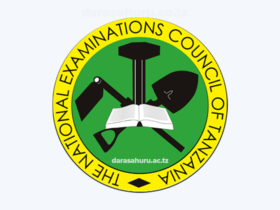
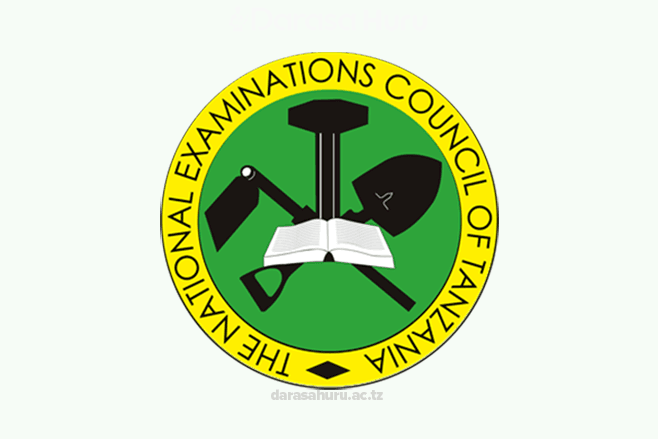

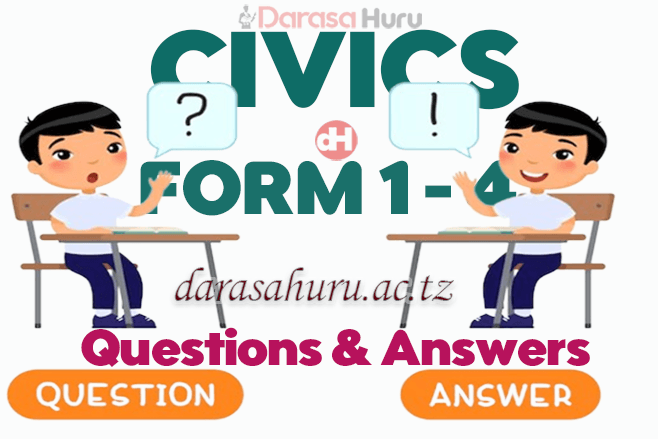



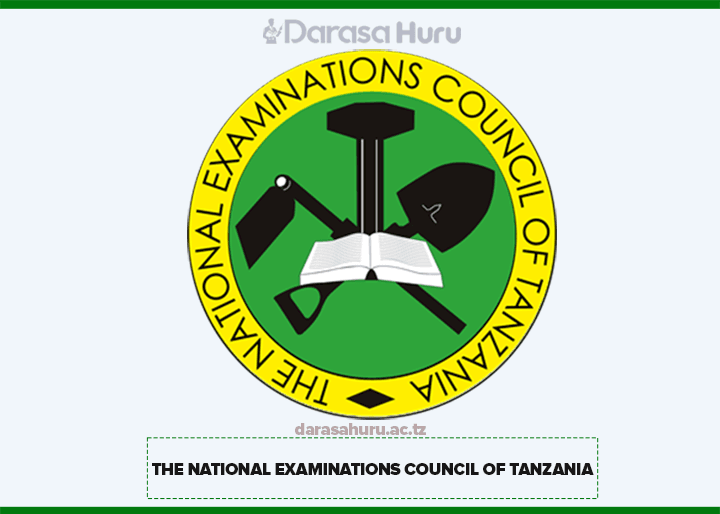

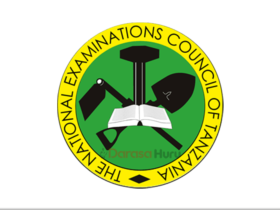


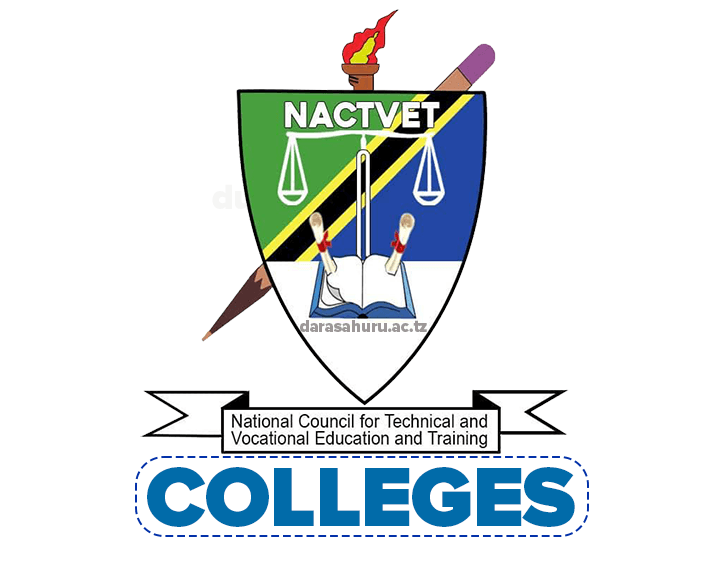












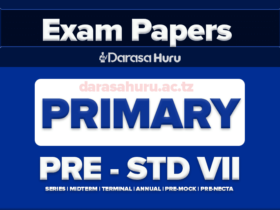



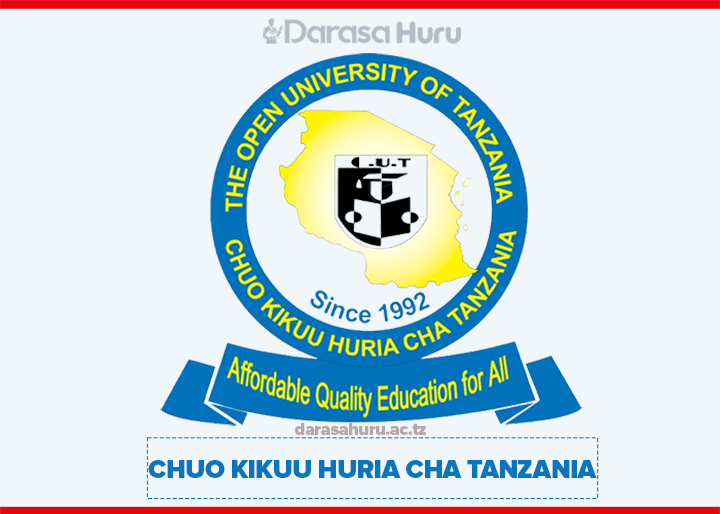

Leave a Reply